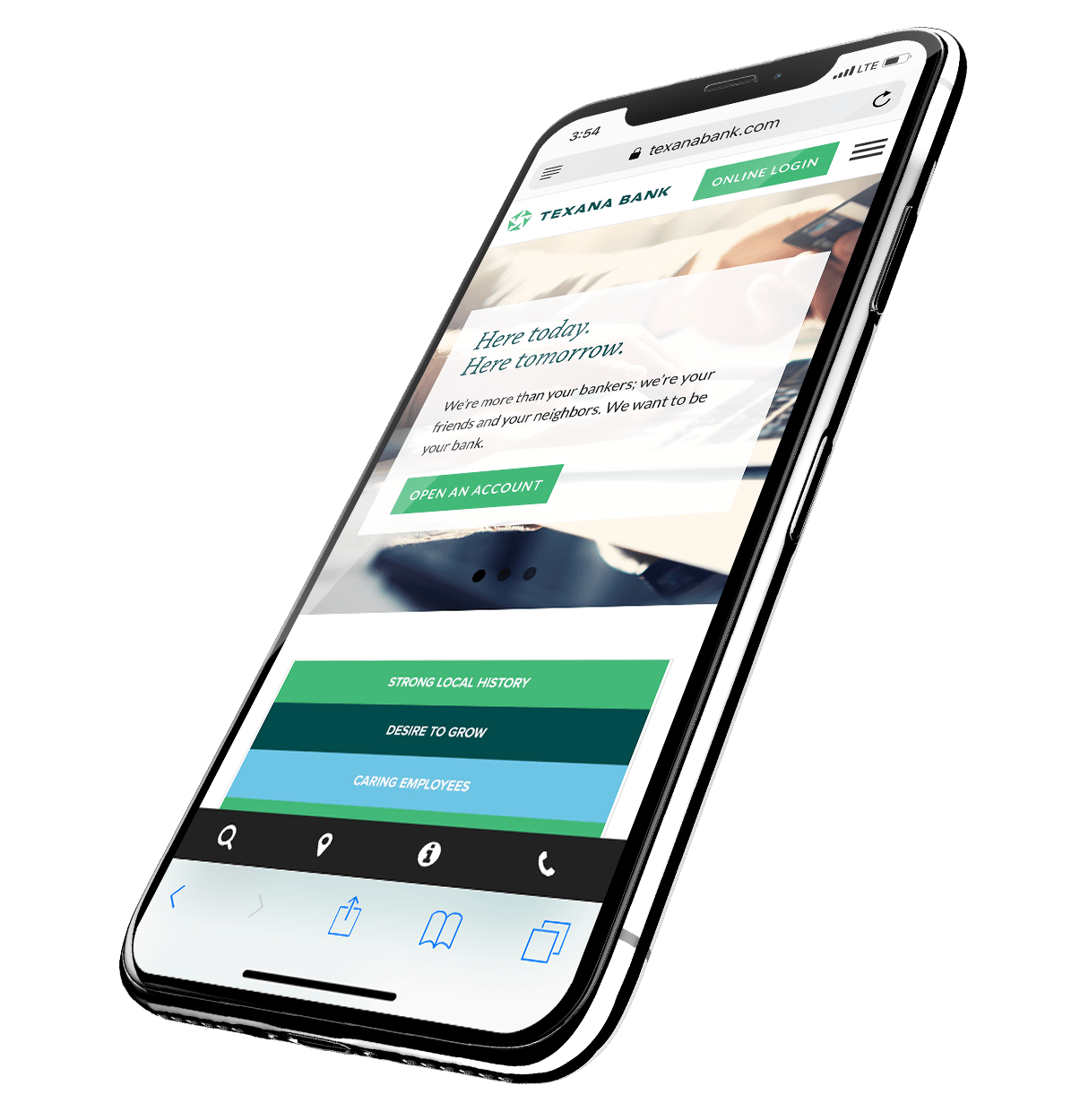In 1971, Stanford University psychology professors recruited 24 college-age men for an experimental study in how certain archetypes affect human behavior.
The study was slated to take two weeks, and each participant received $15 per day.
The groups were split into two specific roles: guards and prisoners.
On August 14, 1971, the guards drove to the prisoners’ homes and arrested them. The guards took the prisoners back to Stanford’s psychology building, where the experiment team converted the basement into a prison.
The experiment began uneventfully.
On the second day, a riot broke out among the prisoners. The guards used their batons and fire extinguishers to quell it. Guards began using psychological tactics to control the larger “prison” population without any prompting from the supervising psychology staff.
The guards were quick to abuse their powers, and the prisoners quickly became helpless — at times saying they would opt for “parole” without their $15 per day rate.
Interestingly, they were already free to quit at any time, which would have had the same effect while bypassing the lengthy parole process. Instead of just walking out, the “prisoners” opted to act like real prisoners.
When the psychology staff was interviewing potential participants, almost every student stated their preference of being a prisoner over a guard.
These students internalized their roles to such an extreme degree that the experiment was shut down before the end of the first week!
Students who were given the tools to be prisoners became real prisoners.
Guards who were given the tools to be guards became real guards.
What does this have to do with marketing?
More than this column can contain, so today we’re just going to focus on design.
Today, consumers can peruse their local grocery store and see wildly varied packaging design. Some product branding is conceived in generic factories, and some is labored over by the country’s greatest creative teams.
By walking 20 feet in a store, you can see the best of design and the worst of design.
What does the consumer do when they see a product they like?
There could just be a thoughtful look — an extended glance where the consumer registers, “I’m just here for milk, but I’ll buy that next time.”
Perhaps she takes out her phone, frames the perfect photo and posts it to Pinterest.
Maybe the food is taken home and artfully prepared and then a photo is taken and posted to Instagram.
Many times, a consumer sees design and is inspired to be a designer in his/her own right (or at least in his/her mind).
We’ve given them the tools, and they’ve become guards. Now, we must be careful not to become prisoners to our consumers’ creativity and newly found critical eye.
The globalization of commercial products and the proliferation of design tools have empowered the consumer.
With applications available on mobile devices, I’ve seen amateurs create videos and layouts that would take professionals much more time and effort using more sophisticated tools.
While this globalization can be irritating to small business owners and people in my industry, it’s a net-positive thing for the world. The result will eventually be better, more functional design worldwide.
There was a time when most people only saw products, packaging, ads and design from the region where they lived and worked. Not anymore.
Design is one of the most essential elements of marketing, and it’s the area so often done as an afterthought. We spend so much time trying to figure out what all we need to tell the public when an image truly is worth 1,000 words. The number of things that can be communicated wordlessly through design is endless.
I know many of you are thinking, “But I’m no designer.” You’re right, and you’re willing to admit something many of your customers aren’t.
Design is a subjective field, but there are some truths about design, from functionality and legibility to font selection and color/pattern trends.
Patterns and colors change with the season. The principles of design, however, are set in stone.
Good design can signal your preferred audience while bad design can alienate your audience or, worse, signal the wrong audience. Good design can make your package the only package visible on a shelf filled with boring sameness.
You, just like your audience, have the breadth of the Internet’s design resources available to familiarize yourself with functional design that will communicate with your audience in an effective way. You also have people all around you willing to help — and some of us are even pretty good.
So before your customers begin taking on the role of guard (or, even worse, armchair designer) find someone in your organization or partner with a creative agency to make sure your first impression and your everyday presentation are as good as they can be.


